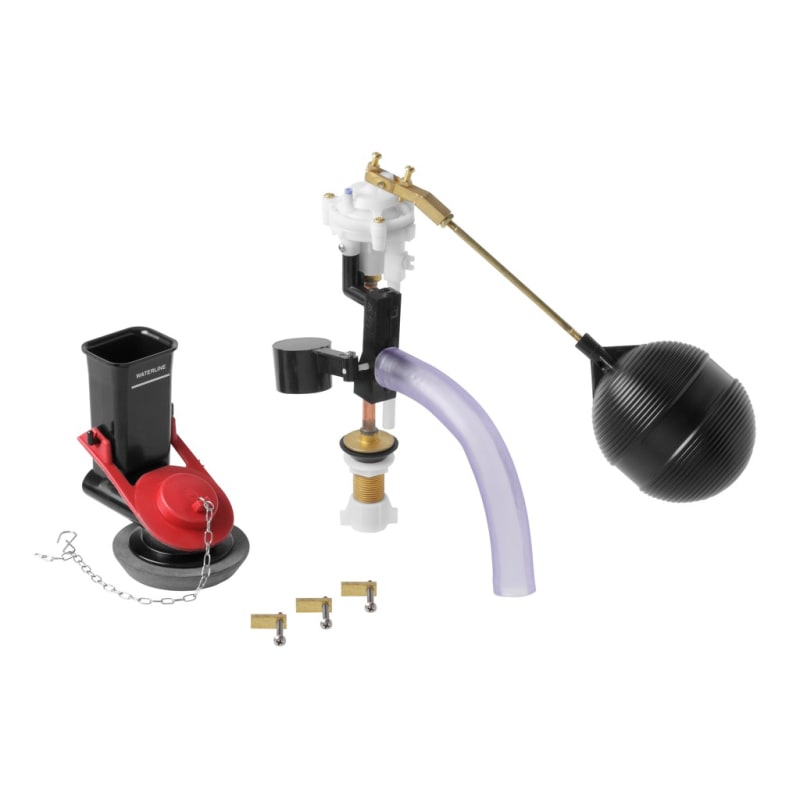^^Exactly^^ !What makes me happy is that I don't have to clean up water coming over the rim of the bowl. Because when that happens, it's not just water. There are a lot of good choices out there, and you're right that one doesn't have to spend hundreds of dollars just to get something that won't require a plunger every day.
And it's a shame that there are so many people with a negative impression of water saving toilets, because the new ones are actually better at flushing waste than old technology from 30-50 years ago where they thought that more water and a longer flushing time would push waste through a small trap. I have some experience with 90s era low flow toilets, and they basically don't do anything that putting an air bladder in the tank wouldn't do.
You say it best,
The new ones are much better at flushing, the larger trap most likely a significant part of the reason. Feels like you can put a half roll of toilet paper in a $99 Lowes Aquasource Henshaw toilet and the darn thing wont clog. Amazing, quiet and fast flush.
Sometimes people see a reasonable price and think something more expensive will be better, yet the cost to produce them is much the same, no different then oil.
BTW this is the one I am talking about ... https://www.lowes.com/pd/AquaSource...2-Piece-Toilet-12-in-Rough-In-Size/1000340935
BTW - unless you are buying for style, this is one heck of a good looking toilet and have been selling this model forever. they sell tons of them.



